"More than 68% of U.S. households own a pet, yet finding truly dog-friendly hotels remains a challenge for many travelers."
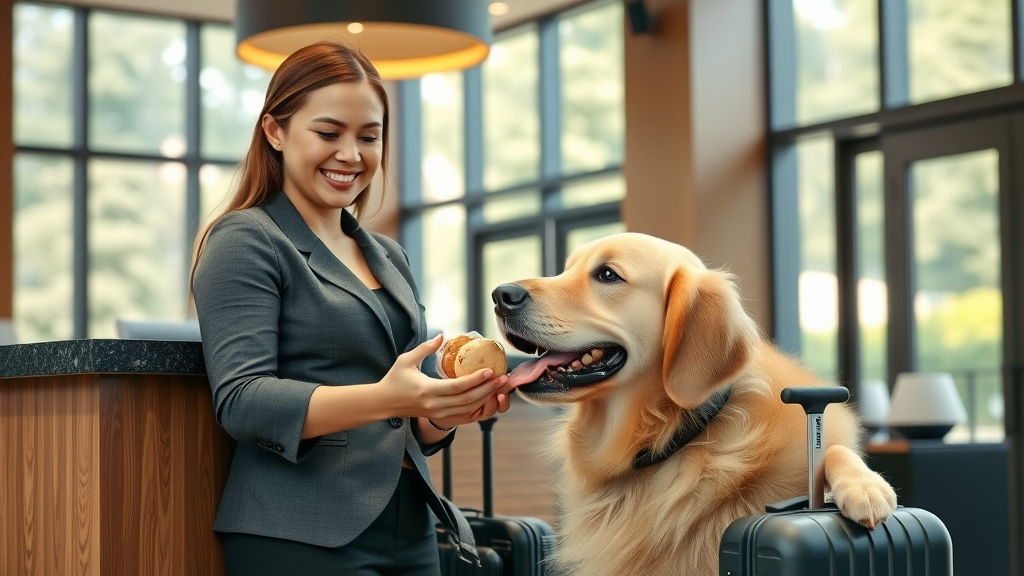
Why Asking 'How Do I Find Dog-Friendly Hotels?' Matters More Than Ever
If you’ve ever traveled with your furry friend , you already know one simple question— how do I find dog-friendly hotels? —can make or break your trip. With more hotels offering pet friendly stays and millions of pet parents hitting the road with their pets, the competition for stress-free, wag-worthy accommodations has never been higher. But all “dog friendly” hotels aren’t created equal. Policies, fees, and amenities vary wildly.
This guide cuts through the confusion to help you find the perfect friendly hotel for you and your dog. We’ll break down everything from comparing hotel chains with stellar dog policies to digging into real guest advice, so you’re never left wondering if your best friend is truly welcome. Plus, practical checklists and up-to-date tools will ensure your next adventure is paws-itively smooth. Grab a treat and let’s start your journey!
- Learn what makes a hotel genuinely pet friendly.
- Understand how to compare friendly hotels and their policies.
- Discover practical tools and resources for dog-friendly travel.
- Get insight into hotel chains with the best dog-friendly reputations.
Top 9 Answers to 'How Do I Find Dog-Friendly Hotels?'
- Compare pet policies across leading friendly hotel chains.
- Check for authentic pet friendly hotel reviews and ratings.
- Contact hotels directly to confirm dog friendly accommodations.
- Use filters for pet friendly and dog friendly suites on hotel booking websites.
- Read the fine print—watch for breed, size, and number of pet restrictions.
- Look out for special dog amenities and services (beds, treats, pet-sitting).
- Review extra fees and deposits unique to each pet friendly hotel.
- Consider location safety and proximity to pet services or parks.
- Verify up-to-date personal information with reputable friendly hotels.

Comparing Top Friendly Hotels and Pet Friendly Hotel Chains
Choosing a pet friendly hotel is all about knowing which hotel chains are truly welcoming, and not just paying lip service to the “dog friendly” label. Some brands, like Kimpton Hotels and Red Roof Inn, stand out for genuinely accommodating dogs—regardless of size or breed—with excellent amenities and few to no extra pet fees. Other hotel chains might restrict access based on dog weight, charge daily deposits, or limit the number of pets allowed per room. As you compare options, create your own list of hotel policies you care most about—including special pet amenities, hotel chain reputations, and transparent pet fee structures.
When looking for a friendly hotel experience, take into account not just the rules on paper, but also the real world reviews from fellow travelers. Did the staff warmly greet your pup in tow? Are there accessible outdoor spaces, water bowls, and treats on arrival? Customer stories and recent photos give insight that booking sites often lack. Always call ahead—policies can be subject to change and some locations offer additional perks for furry companions that aren’t advertised online. With thoughtful research and these best-in-class options, you’ll find a pet friendly hotel that feels like home.
| Hotel Chain | Dog Policy | Extra Fees | Standout Dog Amenities |
|---|---|---|---|
| Kimpton Hotels | All dogs allowed, any size | No extra fee | Pet bed, bowls, pet-sitting |
| Best Western | Majority dog-friendly | $30 per day | Welcome gift for pets |
| La Quinta | Dogs up to 75 lbs. | Varies by location | Free stay for 2 pets |
| Red Roof Inn | One dog per room | No extra fee | Outdoor dog walks |
Real Guest Tips: Making Your Stay in a Friendly Hotel Stress-Free
"A little extra research goes a long way—always call the pet friendly hotel to confirm details ahead of your trip."
Seasoned travelers know that even the most “pet friendly” hotel policies can vary by location or change overnight. Before you book, reach out to the hotel and clarify the details regarding dog size, breed limits, pet fees, and any recent policy changes. Be explicit about your dog’s needs—if you travel with service animals or have more than one furry companion, hotels may make exceptions or offer tips for a more comfortable stay. Don’t hesitate to ask about on-site amenities, like room service for dogs or in-room water bowls. Authentic communication is a game changer for seamless check-ins and ensuring all members of your party are truly welcome.
During your stay, create a familiar environment for your pet by bringing their favorite blanket, toys, and food. This simple act can help reduce stress in a new setting. Some friendly hotels even offer additional pet-centric perks at check-in—goodie bags, pet beds, or lists of nearby dog parks—so don’t be shy about requesting these. By preparing thoughtfully and following real guest advice, you’ll help your pup settle into new surroundings, giving everyone in your travel group peace of mind.
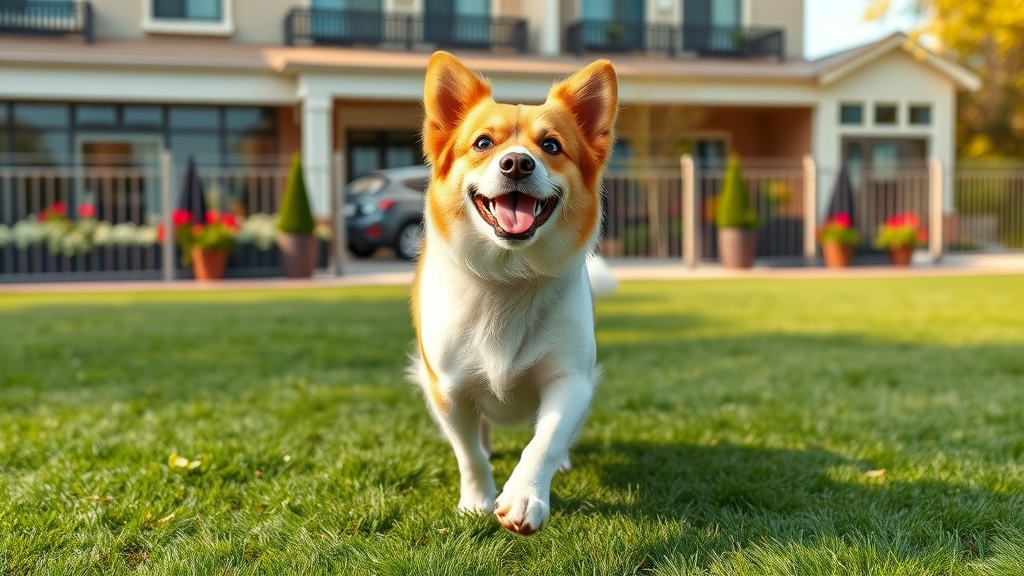
Understanding Pet Policies: Essential Steps in Selecting Dog-Friendly Hotels
Not all pet friendly hotels are created equal. Before you hit “book,” understanding the fine print can save major headaches. The best dog friendly stays start with reading each hotel’s official pet policy closely. Some limit pets by breed, weight, or number per room, while others have more relaxed guidelines but higher pet fees. It’s important to keep in mind that policies are often set in response to actions and preferences of previous guests—so specifics can vary widely, even within the same hotel chain.
Amenities matter, too. True friendly hotels do more than just tolerate dogs—they make the experience enjoyable for both pets and owners. From dog treat stations to fenced-in play areas and on-site pet-sitting, always check what’s available beyond simply “pets are allowed.” This targeted advertising of genuine dog-friendly amenities makes it easy to filter out accommodations that only offer the bare minimum.
- Know hotel restrictions by breed, weight, or number of dogs.
- Explore dog friendly amenities beyond just allowing pets.
- Check whether the hotel supports targeted advertising of pet-friendly features.
How Your Personal Information Can Affect Pet Friendly Hotel Bookings
When booking a pet friendly hotel, the personal information you provide—such as your name, contact info, and dog specifics—helps the hotel prepare for your arrival. Hotels sometimes use these details for targeted advertising or to ensure rooms are properly equipped for furry guests (like providing a pet bed or special treats). In certain cases, providing correct and up-to-date personal information can even amount to a request for extra amenities or influence the offers you receive in response to actions made during booking.
Sometimes, hotels use personally identifiable information based on uniquely identifying your preferences. This may include whether you receive more targeted advertising related to pet amenities, or whether you experience less targeted advertising if you opt out. Either way, sharing accurate information improves your odds of a truly comfortable stay and ensures all services (even those not publicly advertised) are ready for your four-legged travel companion.
Common Mistakes to Avoid When Seeking Friendly Hotels for Dogs
It’s easy to make mistakes when searching for friendly hotels, especially if you’re a first-time dog traveler. A frequent error is not confirming recent changes to the friendly hotel’s pet policies directly with the property. Websites can lag behind real-time updates, and hotel rules are often subject to change based on local circumstances. Failing to double-check those details might leave you scrambling for last-minute accommodations or facing unexpected pet fees at check-in.
Another pitfall is overlooking hidden charges associated with bringing pets. Even if a pet friendly hotel advertises low nightly rates, extra pet fees or cleaning charges can quickly add up. Not disclosing your pup during the booking process may even result in penalties or denied service—in some cases, non-disclosure could violate hotel terms and amount to a request for additional fees, or worse, refusal of service.
- Failing to confirm pet policy changes directly with the friendly hotel.
- Overlooking hidden fees for cleaning or damages in pet friendly hotel stays.
- Not disclosing pets during the booking process can result in penalties.

Top Tools and Resources: Your Path to the Best Dog Friendly Hotels
Modern technology makes it easy to find truly dog friendly hotels with less hassle. Use dedicated travel apps designed for pet owners, such as BringFido or PetFriendly, which let you filter for amenities like dog beds or fenced-in yards. Major hotel booking sites also offer advanced search filters, so you can specify "pet friendly" and see reviews from fellow pet parents. Look for a “dog friendly” tag or browse the “friendly hotel” filter to narrow your results.
Reviews are invaluable. Comparing honest feedback on multiple platforms, from booking engines to pet parent forums, will help you avoid surprises and learn which hotels offer additional perks—like room service for pets or free treats on arrival. These community-sourced recommendations can make all the difference when you want a stress-free stay.
- Dedicated travel apps for dog friendly and pet friendly hotels.
- Comparing reviews on major booking sites.
- Accessing trusted pet parent forums for friendly hotel recommendations.
People Also Ask: Answers for Every Dog Owner
What hotel chain is the most dog friendly?
- Kimpton Hotels consistently ranks as the most dog friendly hotel chain, with no extra fees and comprehensive pet amenities.
How to know if a hotel allows dogs?
- Check the hotel's website for pet friendly policy details, or call the property directly to confirm their dog regulations.
Can I bring my dog to a hotel?
- You can bring your dog to almost any pet friendly or dog friendly hotel, but always review and comply with the hotel's specific pet policies.
What is a hotel for dogs called?
- A hotel exclusive for pets is commonly called a pet hotel or dog boarding hotel, offering specialized care and amenities.
Must-Know Dog Friendly Hotel Policies: Frequently Asked Questions
- Are dog friendly rooms limited at most friendly hotels?
- Do pet friendly hotels offer refunds if my dog can't stay?
- What types of dogs are usually accepted at friendly hotels?
Helpful Reminders Before Booking a Dog Friendly Hotel
Before locking in your reservation at any pet friendly hotel , double-check the latest pet rules, especially if you’re traveling during high season or holidays. Every friendly hotel has its own vibe—so choose one that matches both your travel style and your dog’s personality (are they an outgoing social pup or a shy furry companion?). For a stress-free arrival, pack a travel kit with food, water bowls, bedding, favorite toys, necessary medications, and up-to-date vaccination records. A little planning—plus a call to confirm pet policies—will help you avoid surprises and ensure your next adventure is truly dog friendly.
- Always double-check friendly hotel rules in advance.
- Look for pet friendly hotels that suit your travel style and your dog's personality.
- Pack all essentials for your dog’s comfort.
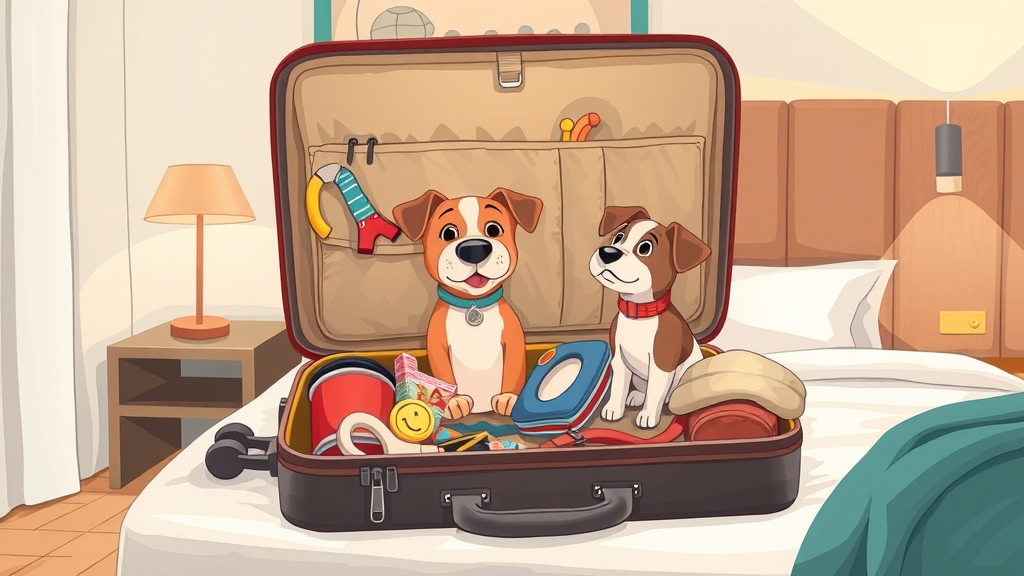
Unlock More Tail-Wagging Travel Tips for Pet Friendly Adventures
"A memorable trip begins with thoughtful booking—choose your dog friendly hotel wisely and enjoy peace of mind throughout your journey!"
Want to elevate every trip with your furry companions ? From discovering quiet local dog parks to expert packing hacks for anxious pets, there’s a world of friendly hotel wisdom to help you and your pup savor adventures without stress. Join thriving pet parent communities online, share your own travel tips, and encourage hotels to offer even more dog-friendly services with your feedback. Every journey is a chance to make travel more inclusive for the growing family of dog-loving explorers!
Get More Friendly Hotel Wisdom Straight to Your Inbox
- 📧 One email. All the value. Join thousands of pet parents who get our monthly roundup of pet care tips, product reviews, and giveaways.
- Love pets as much as we do? Join our monthly newsletter for tail-wagging tips, adorable stories, and smart pet care hacks. 🐾 Subscribe now — it's paws-itively free!
Book with confidence, prepare with care, and let your next dog-friendly hotel stay be the start of a new adventure for both you and your pup!
Finding the perfect dog-friendly hotel can be a challenge, but with the right resources, you can ensure a comfortable stay for both you and your furry friend. The article “How to Find a Dog-Friendly Hotel in 2025: 10 Things to Consider” offers comprehensive guidance on evaluating pet policies, fees, and amenities to help you make informed decisions. ( dogster.com ) Additionally, the American Kennel Club’s “Pet-Friendly Hotels in the United States” provides a curated list of hotel chains known for their accommodating pet policies, making it easier to identify suitable options nationwide. ( akc.org ) By leveraging these resources, you can confidently plan your next trip, knowing your canine companion will be welcomed and well-cared for.
 Add Row
Add Row  Add
Add 

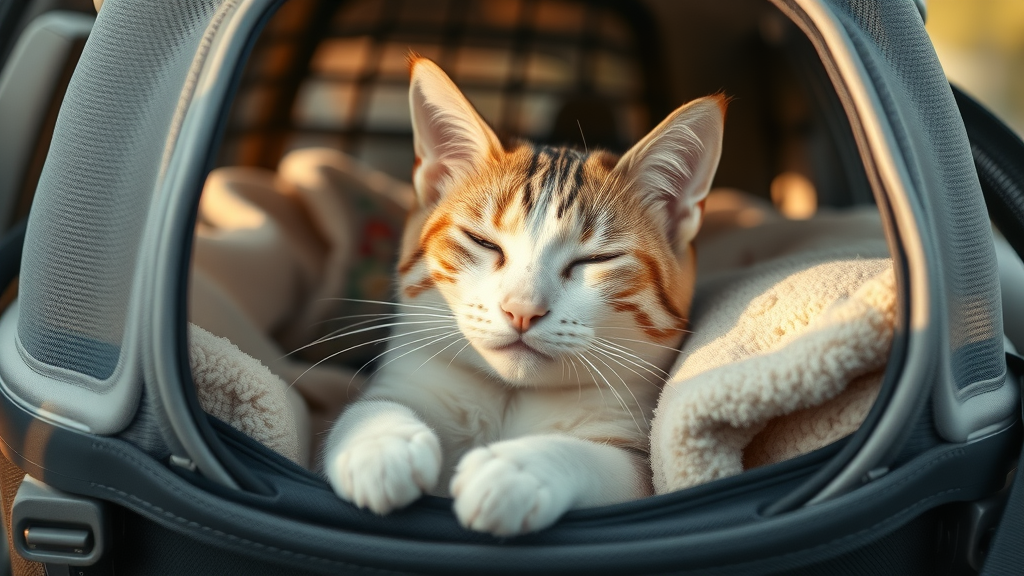
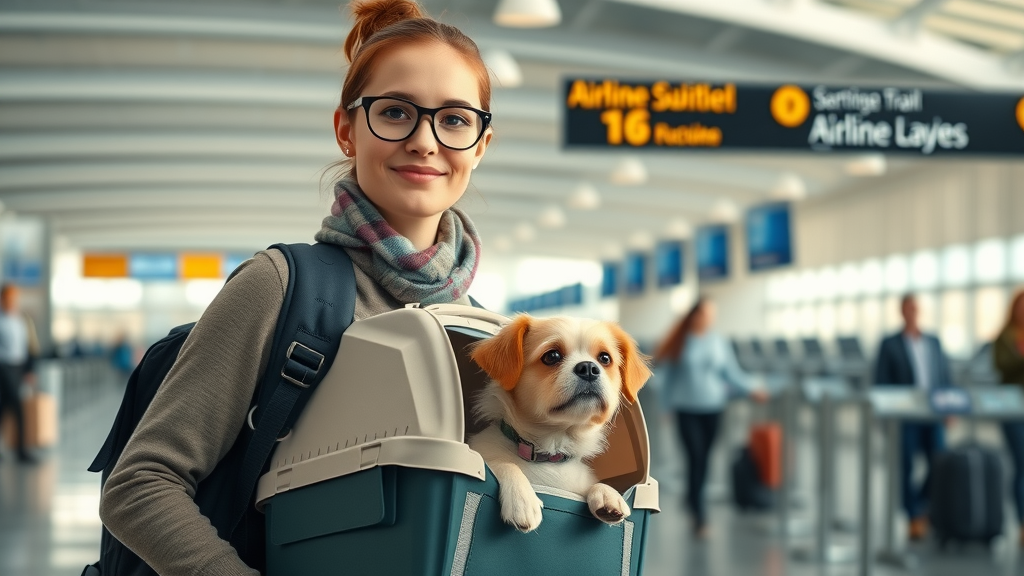
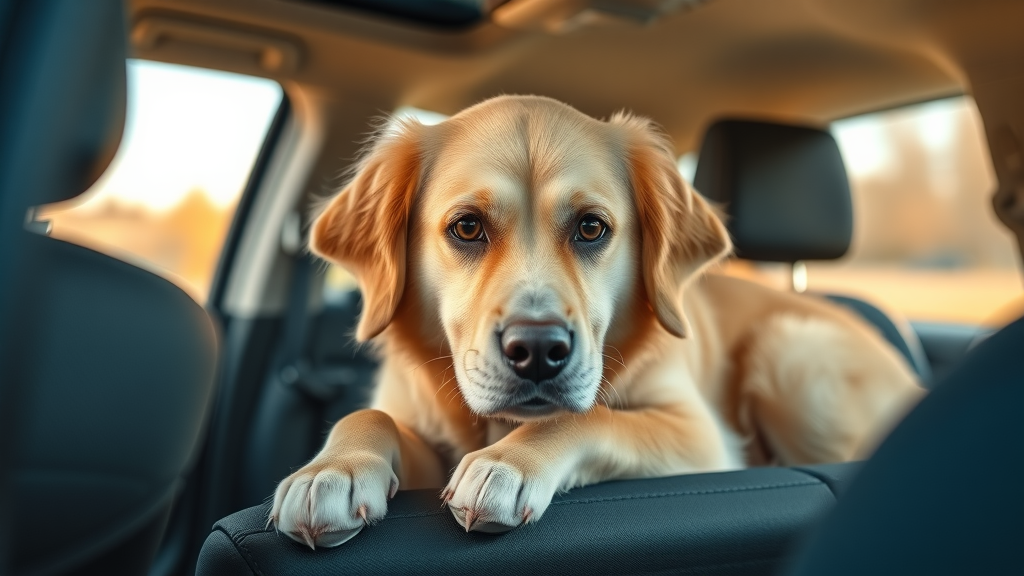
Write A Comment